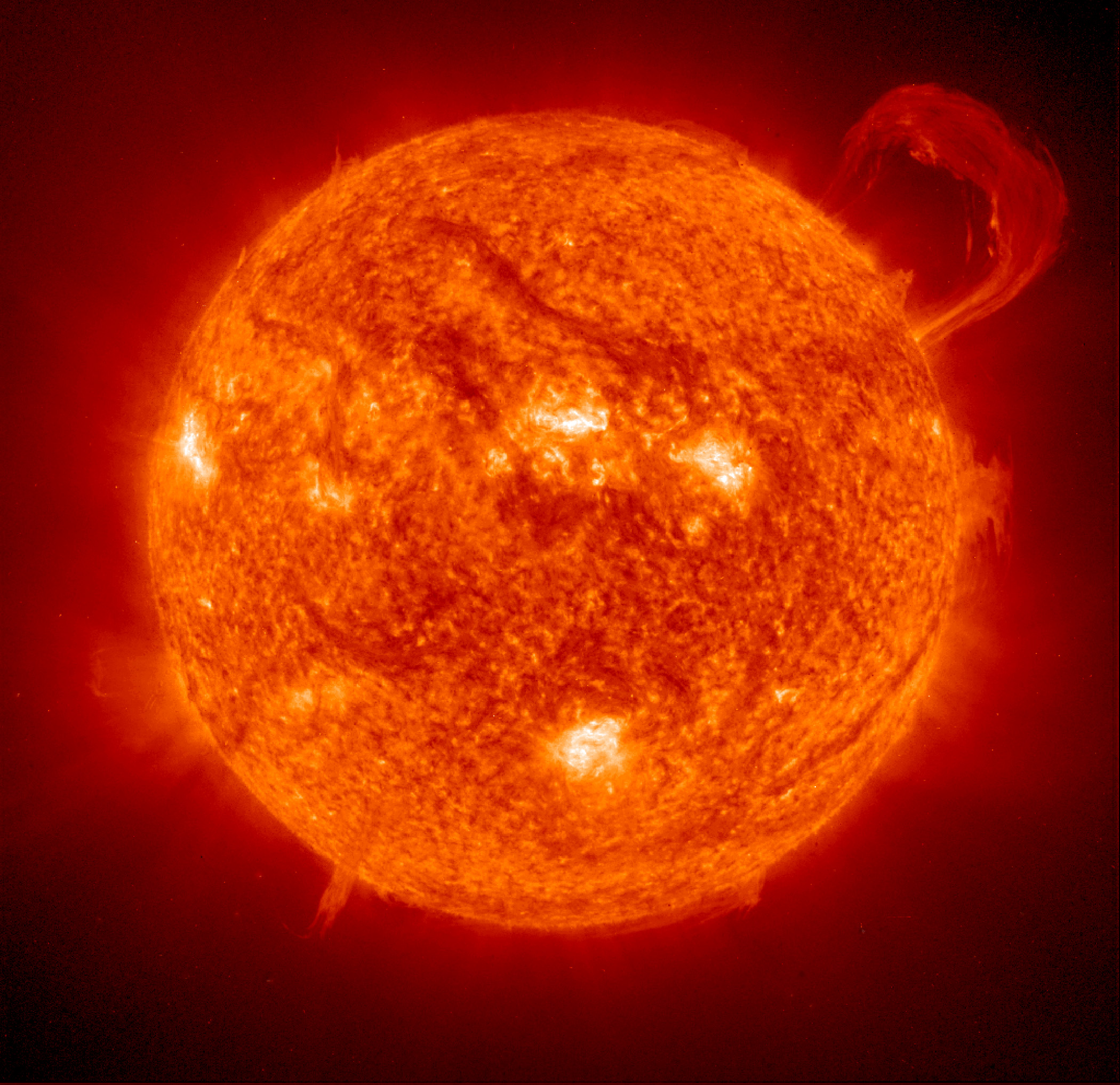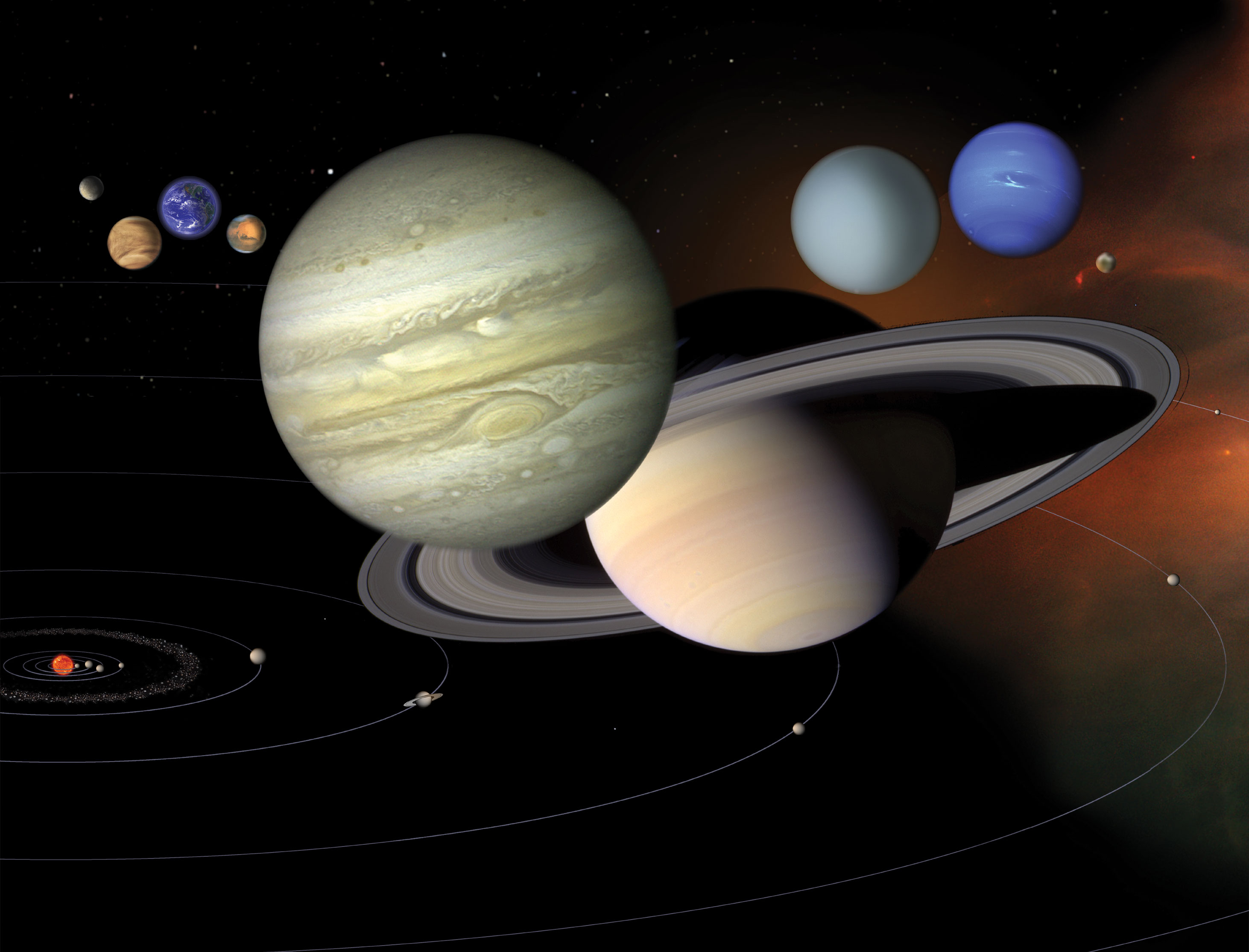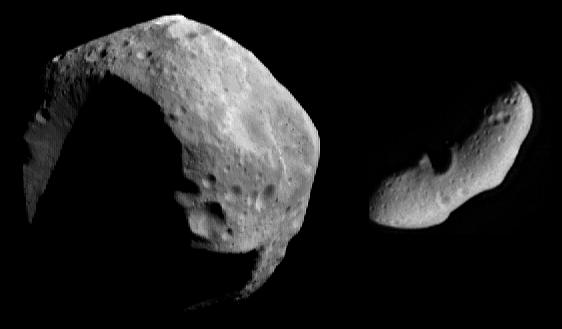Ferdinand
Discovery
Ferdinand was discovered on Aug, 13, 2001 by Dan Milisavljevic, Matthew J. Holman, John J. Kavelaars, and Tommy Grav, at the Cerro Tololo Inter-American Observatory.
Overview
Ferdinand is a very small, dark moon (about 20 km in diameter) which orbits Uranus at a greater distance than any other known satellite of that planet. Its orbit is highly eccentric and in the opposite direction from the regular moons and the rotation of the planet, itself―known as a retrograde orbit. This suggests that it was an independent body that was captured by Uranus' gravity. Little else is known about it.
How Ferdinand Got its Name
Originally called S/2001 U2, Ferdinand was named for the son of Alonso, king of Naples in William Shakespeare's play, "The Tempest." Ferdinand eventually marries Miranda, daughter of Prospero, and aids his father-in-law in regaining his Dukedom in Milan.




